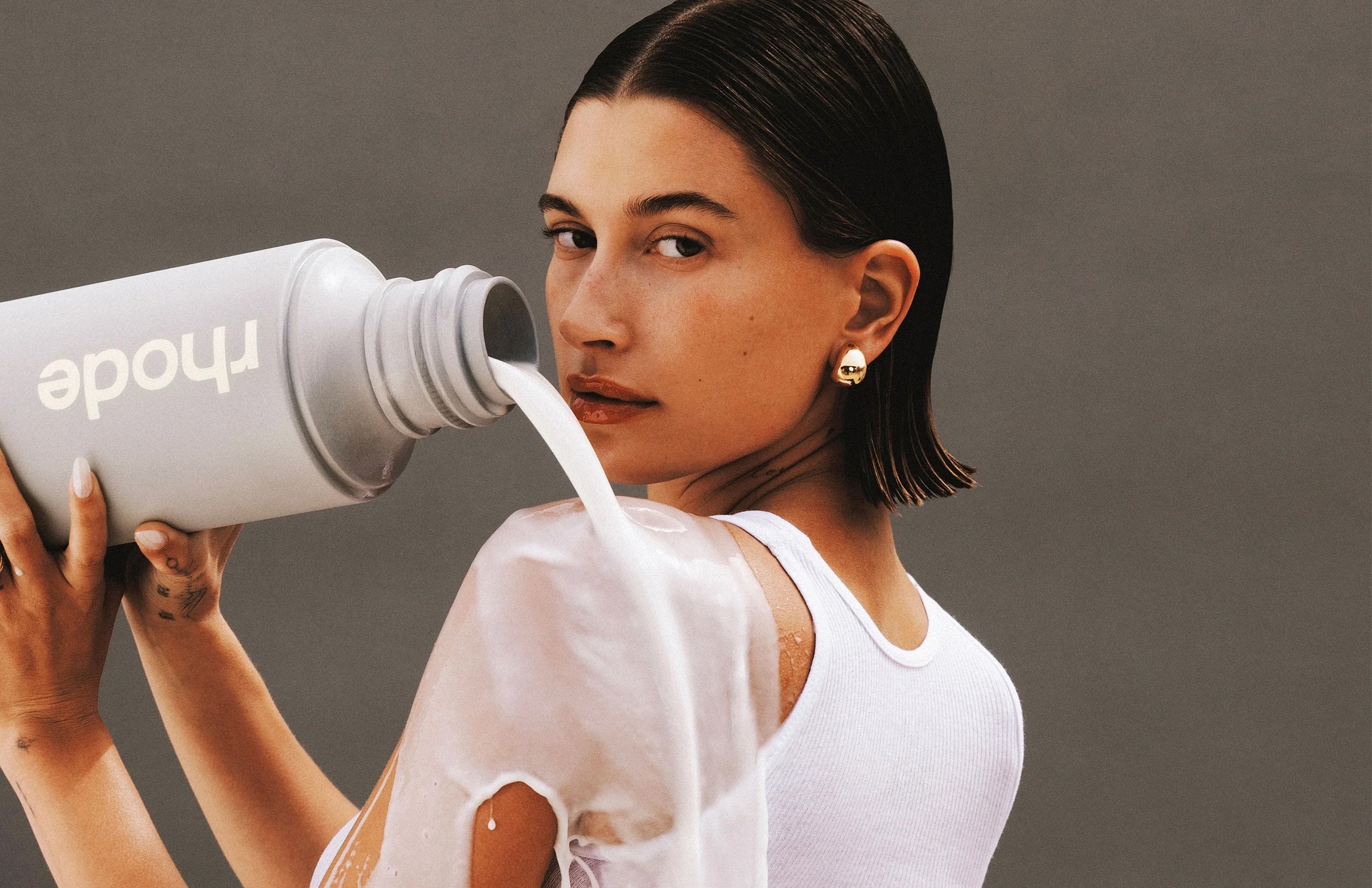Sensory Overload
Redefining marketing one sense at a time
Image by Jacqemus
We’re getting all the feels, and your favorite brands are getting all the credit.
Ever scrolled through social media and suddenly felt hungry? That’s no coincidence. Sensory marketing took over in 2024 and is making an even bigger impact in 2025. Brands like Rhode, Summer Fridays, Jacquemus, Fenty, Glossier, and many more have seamlessly incorporated food into their campaigns, making their products more enticing and memorable.
Image by Rhode
At the heart of this trend is embodied cognition; the idea that our bodily sensations influence the decisions we make, often without us even realizing it. Sensory inputs shape consumer behavior in powerful ways:
Why does the scent of cinnamon make a heating pad seem warmer and more effective?
Why is an ad featuring a slice of cake more engaging when the fork is placed to the right?Why does wine taste better in a wine glass than in a regular cup?
These aren’t just coincidences, they're subtle yet impactful psychological cues. When sensory elements align, they amplify each other, making products more appealing. And because consumers don’t consciously recognize these tactics as marketing, they’re less resistant to them.
Image by Rhode
You may wonder, why does sensory marketing matter? For starters, engaging multiple senses creates a stronger emotional connection between consumers and brands, making products more memorable. Sensory experiences also influence buying decisions by triggering subconscious associations, whether it’s the texture of packaging or the scent of a store. Additionally, in a crowded market, brands that incorporate sensory elements stand out and leave a lasting impression.
Legacy brands like Hershey have long understood the power of sensory marketing, and now, more companies are leveraging this strategy to forge deeper, more instinctive connections with their audiences.




